
Are Dress Shirts Comfortable?
Dress shirts are a staple in many wardrobes, commonly associated with formal occasions, professional settings, or stylish casual wear. The comfort of dress shirts is a subjective matter, influenced by various factors such as fabric, fit, and personal preferences.

In this discussion, we will explore the elements that contribute to the comfort of dress shirts and analyze whether they can be deemed comfortable for different individuals.
Fabric Matters
Natural Fabrics
One crucial aspect affecting the comfort of dress shirts is the choice of fabric. Natural fabrics like cotton, linen, and silk are popular choices for dress shirts. Cotton, in particular, is well-known for its breathability, softness, and ability to absorb moisture, making it comfortable for extended wear. Linen offers excellent breathability, making it suitable for warm weather, although it may wrinkle easily. Silk, while luxurious, is often reserved for more formal occasions.
Synthetic Fabrics
On the other hand, synthetic fabrics like polyester and blends are also used in dress shirts. These materials often provide durability, resistance to wrinkles, and affordability. However, they may lack the breathability of natural fabrics, potentially leading to discomfort, especially in warmer climates.
The Importance of Fit
The fit of a dress shirt plays a pivotal role in determining its comfort level. A well-fitted shirt allows for ease of movement, reducing the likelihood of discomfort caused by tightness or constriction. Custom-made or tailored dress shirts often provide a superior fit compared to off-the-rack options, catering to individual body shapes and preferences.
Collars, Cuffs, and Seams
Collars
The design elements of dress shirts, such as collars and cuffs, also impact comfort. Collars that are too tight can cause irritation, while those that are too loose may appear sloppy. Different collar styles, such as spread, point, or button-down, can affect how the shirt feels around the neck, adding to or detracting from overall comfort.
Cuffs
Cuffs that are too tight can restrict movement, while overly loose cuffs may not provide a polished look. Adjustable cuffs and the choice of single or double cuffs for cufflinks contribute to personal comfort preferences.
Seams
The placement and construction of seams are often overlooked but can significantly influence comfort. Well-designed seams reduce chafing and irritation, ensuring that the shirt feels comfortable against the skin.
Personal Preferences
Comfort is subjective and varies from person to person. Some individuals may find the structure and formality of dress shirts inherently uncomfortable, while others appreciate the polished and put-together feel. Factors such as sensitivity to certain fabrics, personal style preferences, and tolerance for formality all contribute to an individual's perception of dress shirt comfort.
Conclusion
In conclusion, the comfort of dress shirts depends on a combination of factors, including fabric choice, fit, design elements, and personal preferences. Natural fabrics like cotton and linen are often praised for their comfort, while synthetic fabrics offer durability and wrinkle resistance.
A well-fitted shirt with attention to design details such as collars, cuffs, and seams enhances overall comfort. Ultimately, what one person finds comfortable, another may find restrictive. As fashion trends evolve, designers continue to explore innovative ways to enhance the comfort of dress shirts, ensuring that individuals can look and feel their best in a variety of settings with Emensuits.
Related Products

























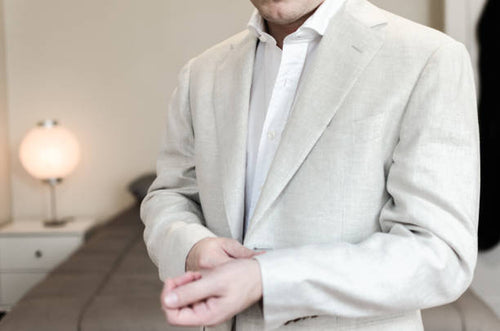









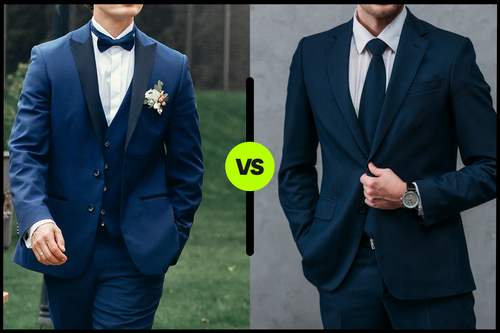












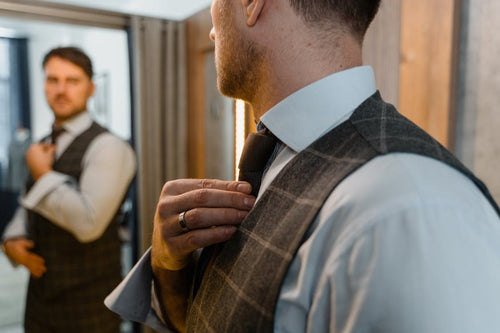



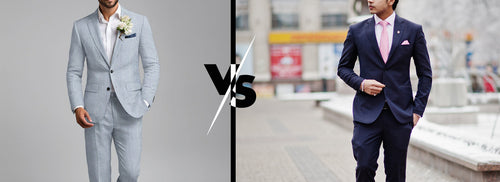







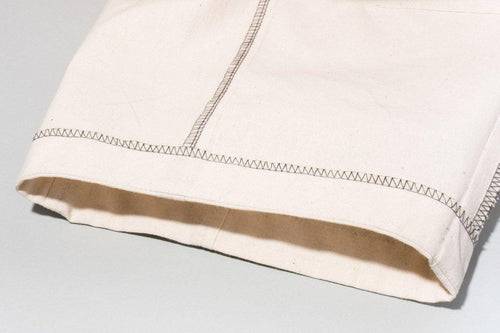






Leave a comment
This site is protected by hCaptcha and the hCaptcha Privacy Policy and Terms of Service apply.